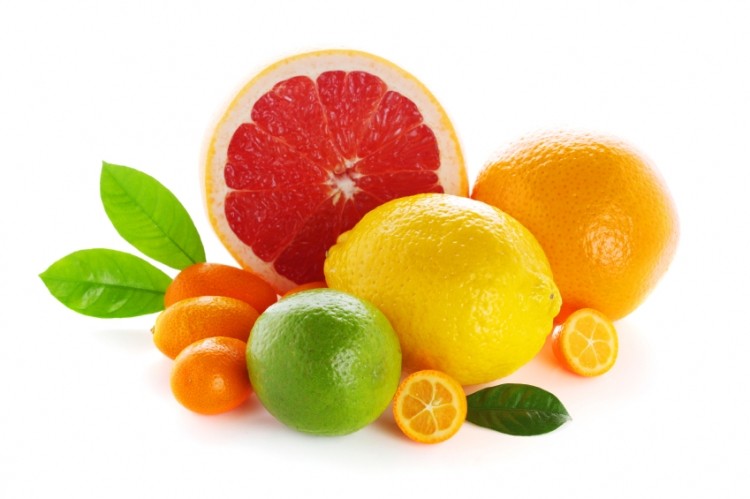Non-detectable aromas may be key to driving mood and behaviours: Study

According to a new study, barely detectable levels of aromas in foods and drinks could be having important physiological, psychological and behavioural effects on consumers.
The research, led by René de Wijk from Wageningen University in The Netherlands, suggests that small levels of citrus and vanilla aromas had statistically significant effects on participant moods and behaviours even though the smells were at concentrations so low that the majority of participants would not even detect them.
“Exposure to citrus resulted in elevated mood, increased physical activity in young adults, and affected food choice. In contrast, exposure to vanilla only affected projected emotions,” said de Wijk and his colleagues.
“Both aromas are pleasant, as indicated by other research and the aromas were presented at barely detectable levels that were not consciously perceived by most subjects,” they explained, writing in the journal Flavour.
“Even though most of the effects on individual tests are small relative to the estimated effect size, the pattern of results is impressive because it demonstrates that two ambient aromas produce different physiological, psychological and behavioural effects despite their similarity in terms of appeal and intensity,” the authors added.
Study details
de Wijk and his colleagues explained that the new study combined ‘a sound statistical design’ with physiological (physical activity, heart rate), psychological (mood and emotions) and behavioural (food choice and reaction times) tests “to evaluate effects of two ambient aromas that are similar in appeal but with different stimulating properties.”
“We set out to develop a battery of simple tests to assess the effects of low-level ambient aromas on subjects’ physiology and behaviour in a realistic environment, using relatively inexpensive commercially available physiological sensors where feasible,” said the research team.
“Once developed, this test battery could be used to systematically screen aromas and gain insight into the mechanisms underlying the effects,” they suggested. “This study describes our first steps towards this goal.”
The team monitored 22 participants exposed to low levels of the aromas, finding that exposure to ambient citrus aroma increased physical activity, shortened response times in young participants, decreased negative emotions, and affected food choice.
Exposure to ambient vanilla aroma increased projected introvert emotions. However, de Wijk noted that all effects were small relative to estimated effect sizes.
“Even though the present study is exploratory and limited to only two aromas, the results have some interesting implications,” said the researchers, adding that their findings suggest that the effects of ambient aromas are specific, and at least partly independent of intensity, appeal and category.
They add: “Second, that conscious processing of aromas may not be a necessary requirement for their effect; and finally, that psychological and behavioral effects seem to be accompanied by physiological effects.”
Source: Flavour
Published online ahead of print, doi: 10.1186/2044-7248-1-24
“Differential effects of exposure to ambient vanilla and citrus aromas on mood, arousal and food choice”
Authors: René A de Wijk, Suzet M Zijlstra












